How to change grout color - the easiest little touch to make your home feel fresh again
Discover how to change grout color and give tiles an uplift in just the way the experts do it
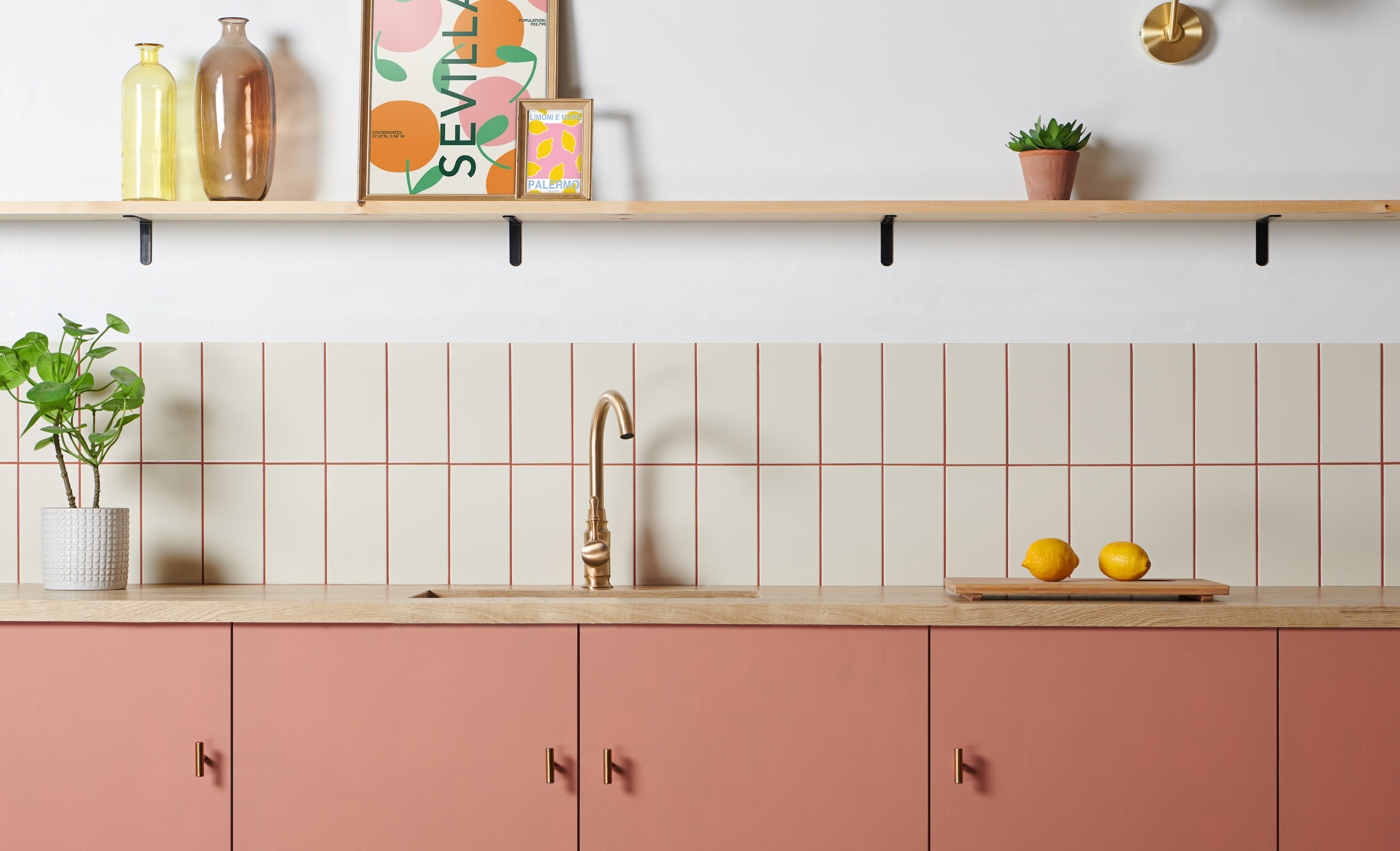
Discover how to change grout color and you'll have an effective way to give old or existing tiles a fresh new look.
With living sustainably and reducing waste at the top of most people's minds, changing grout color is a great way to enhance a modern bathroom or kitchen, without ripping anything out.
And although it's a small change, this will make a huge difference. Switching to a colored grout, or replacing grubby white grout with a vibrant new shade, can transform a space.
'The grout colour you use for your tiling project can dramatically impact the look of your room, whether you choose a colour to blend with your chosen tiles, or contrast against them in a complementary way,' says Harriet Goodacre, tile consultant at Topps Tiles.
How to change grout color
You will need:
- A grout rake - this one from Amazon is ideal
- Spare blades
- A face mask
- A sponge
- Vacuum cleaner
- Grout
Changing grout can be a delicate task due to the risk of damaging adjacent tiles. However, grout can be changed relatively easily. 'There are tools, tips and tricks of the trade which can be used to minimise any damage,' says Amanda Telford, tile expert at CTD Tiles.
'A dedicated grout rake is best to help scrape out the old grout from the joint however a Stanley blade can also be used. Masking tape is useful to protect the edge of the tile and help avoid any accidental scratching.
'This will provide some support and guidance for the grout rake or Stanley blade too. Excavate a minimum 3mm recess; the more that is scraped away, the better it will be for the new grout.'
The Livingetc newsletters are your inside source for what’s shaping interiors now - and what’s next. Discover trend forecasts, smart style ideas, and curated shopping inspiration that brings design to life. Subscribe today and stay ahead of the curve.
'It's a dusty job, so to tackle it, you’ll need a face mask, spare blades for your grout rake and a sponge,' adds Harriet Goodacre at Topps Tiles.
'Working slowly and carefully, place the grout rake in the joint and move up and down along the grout line whilst applying firm pressure and you’ll see the grout begin to powder and drop.'
'Once the existing grout has been removed, use a vacuum cleaner to ensure that the area is clean and free from dust,' continues Amanda at CTD Tiles. 'Once clean, the new grout can be applied in the same way as if it was being applied for the first time.
'Apply the grout to the joints with a grout float at a 45-degree angle, pushing the grout into the joints. Always apply in a consistent direction to avoid grout being pulled from the joints and allow the grout to cure and dry before wiping down with a clean sponge and water.'
There are some useful tips in our article on how to tile a bathroom wall which will help with the new grouting.
1. Echo a vibrant color for a graphic finish
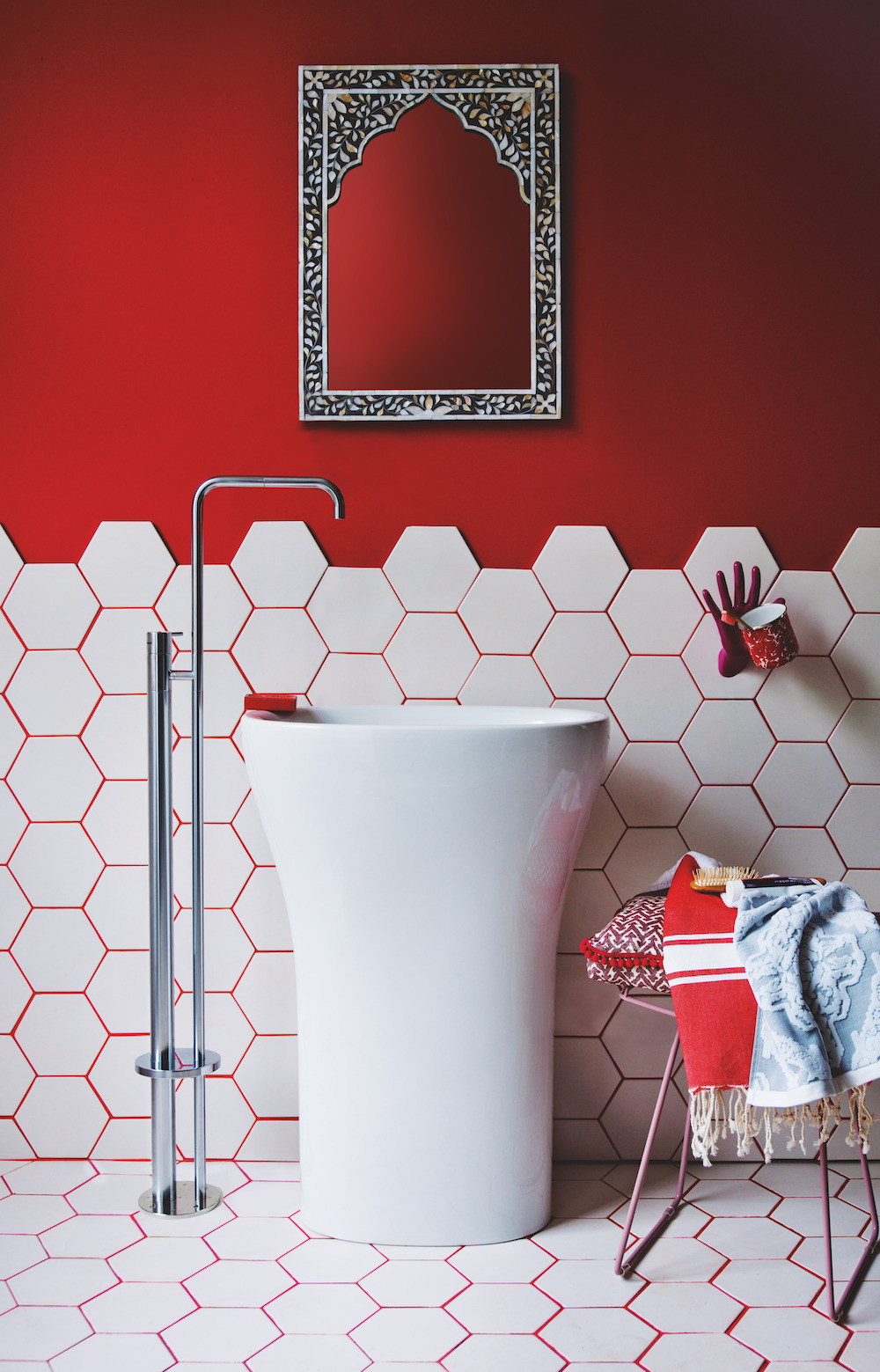
Bathroom tile trends have been going brighter and bolder, and there is no reason the grout shouldn't follow suit. For a bathroom refresh opt for a vibrant wall color and repeat it in your choice of grout. It looks extremely effective, particularly when it extends from the walls and across the floor. These white hexagonal tiles look dramatically different surrounded by scarlet grout - in fact, this contrast is one of the best tile and grout color combinations.
'A contrasting grout will emphasise the edges of your tiles and can also help define smaller tiles more clearly,' says Harriet Goodacre at Topps Tiles. 'Dependent on the colours used this could create a modern, graphic finish, or a more varied, eclectic look.'
2. Choose the same tone as your tiles for seamless style
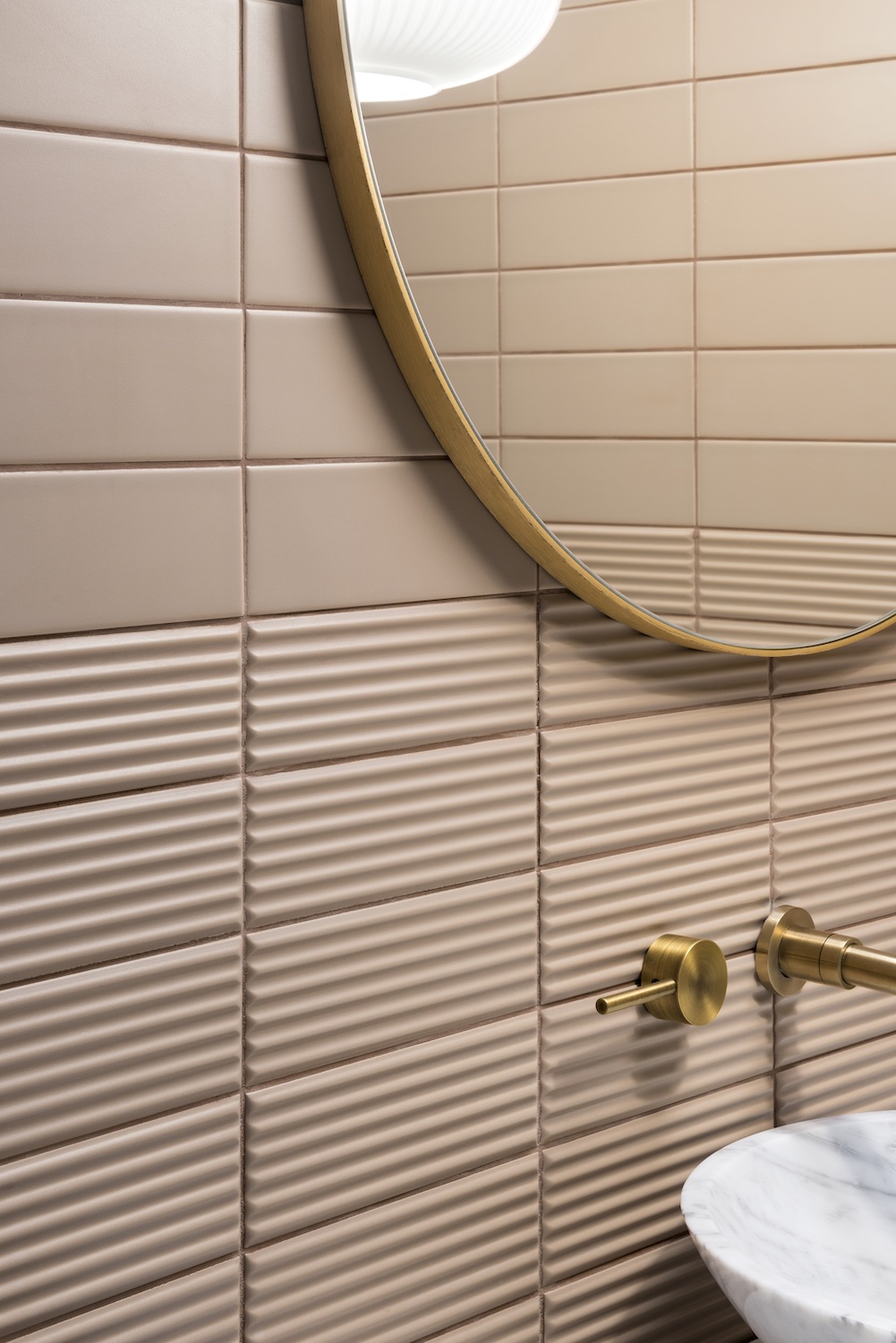
Grout has come along way in recent years, with a kaleidoscope of colors now on offer. This means you're no longer stuck with the original hue your tiles were secured with.
White tiles look beautiful contrasted, however colored tiles can suit a tone that corresponds with them, for a stylish yet inexpensive update.
'A coordinating grout, in a shade that almost matches your tile colour, will create a seamless look, and is most commonly used in country, classic and muted interior schemes,' says Harriet Goodacre at Topps Tiles.
'This can really bring a room together, just imagine a bathroom full of natural or muted tones, but with a white grout – in some instances it can look quite jarring, so if you’re after a look that’s understated, this could be the way to go.'
3. Highlight interesting tile shapes
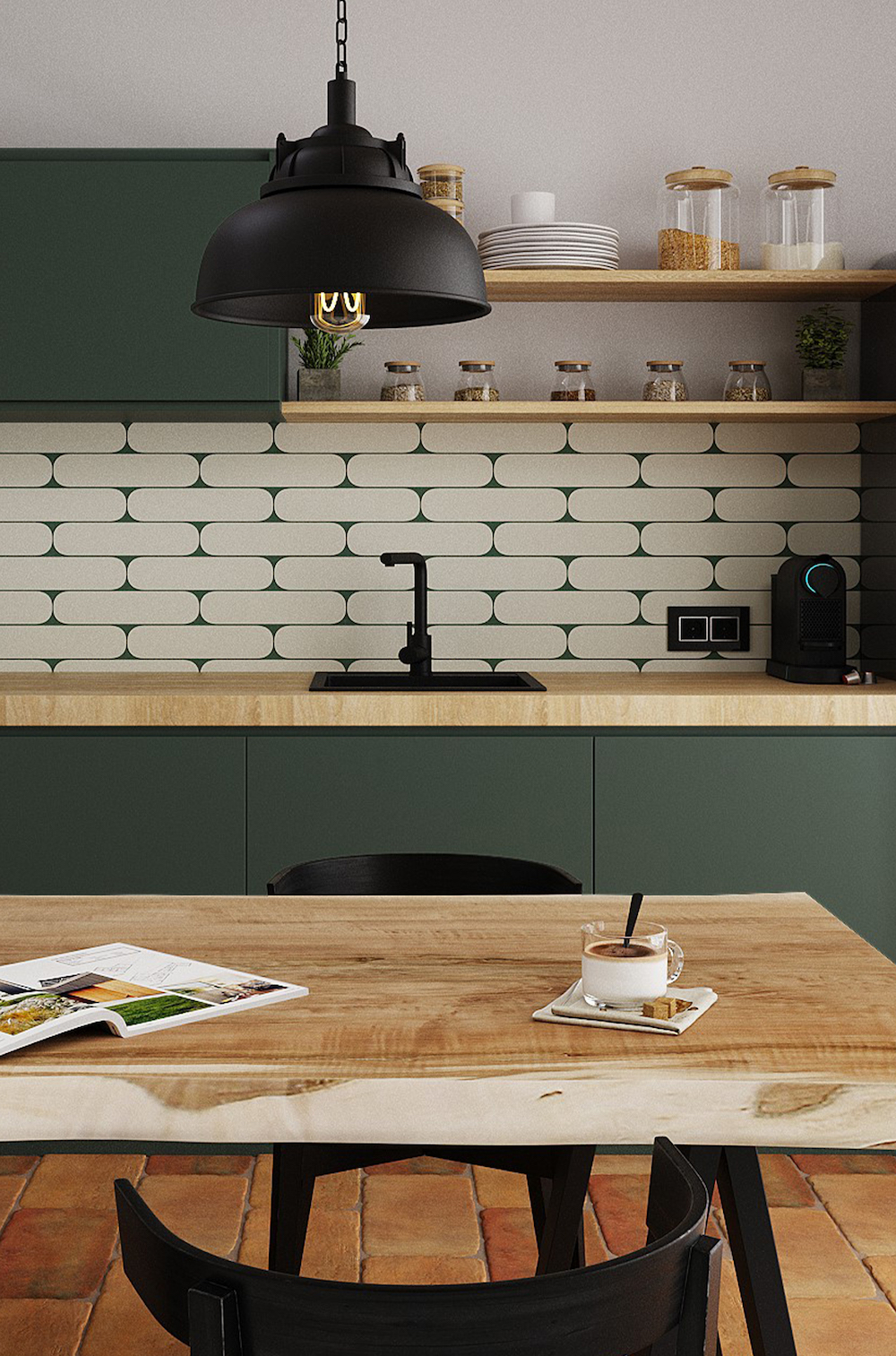
If you've opted for an unusual tile style, colored grouts can make them stand out and create interesting visual effects.
'Coloured grouts are a fantastic design tool, they can add extra detail to a simple tiled wall or highlight unusual tile layouts and shapes,' says Lesley Taylor, interior designer and founder of The Baked Tile Company.
'You can create infinite design schemes by combining the various tile colors in a range of layouts. The extensive colored grout options available are a designer's dream!'
4. Unite different tile styles

Want new floor tiles that are totally different to the tiles on your wall and unsure how to get them to work? Colored grout is your friend.
'We can use grout colour to visually unite a scheme,' says Lesley Taylor at The Baked Tile Company. 'One shaped tile on the wall with a prominent grout color, paired with a different shape on the floor can be perfectly combined with the use of the same grout.
'Alternatively, by choosing a color similar to the tile, we can make small tile designs look united, offering a more spacious appearance than using small tiles with contrasting grout.'
5. Revamp discolored grout
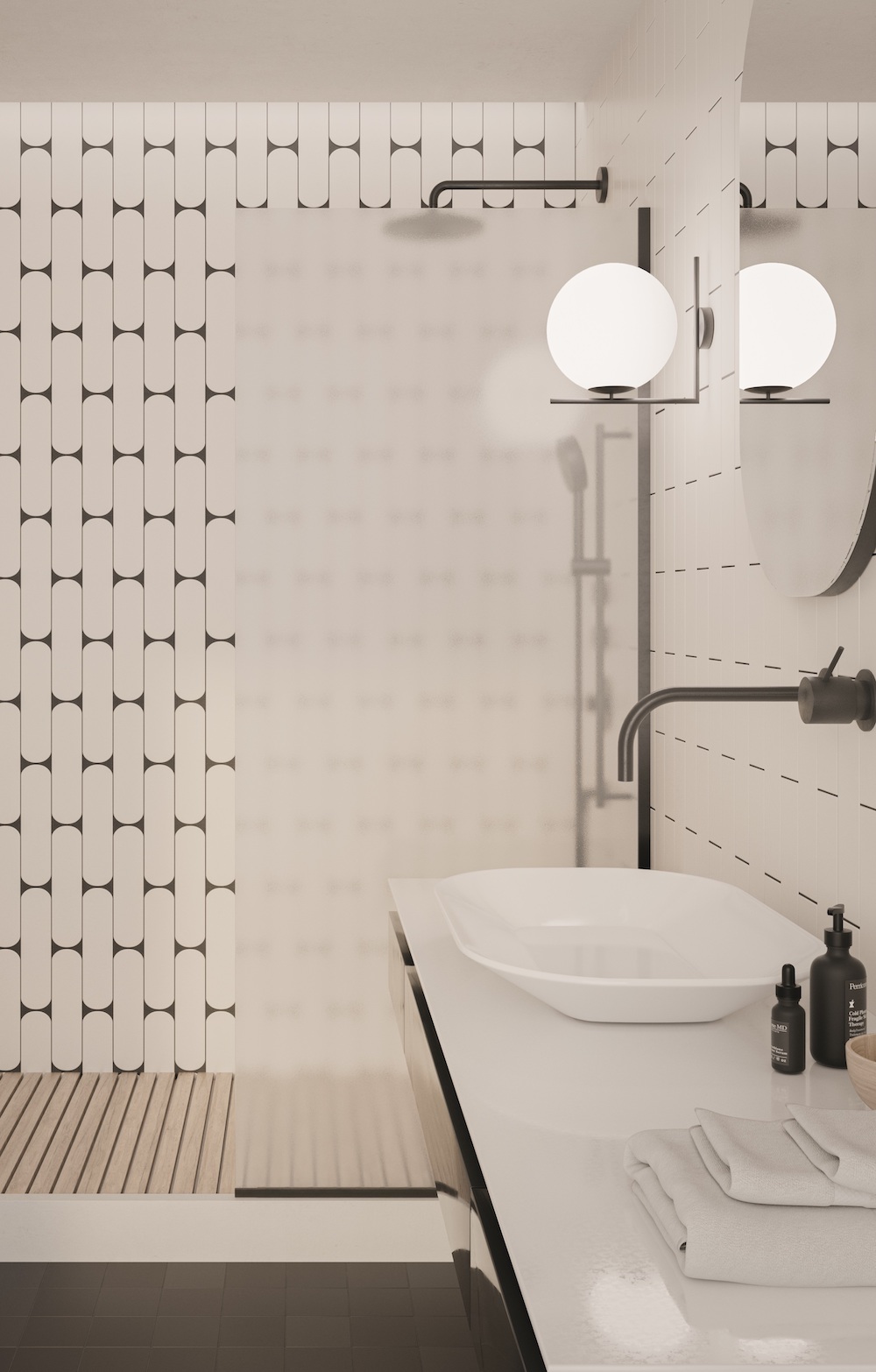
If your white or pale grout in a bathroom or shower enclosure has discoloured from water damage or mould, darker hues will reinvigorate the space and look better for longer.
'Don’t forget colored grouts are really practical,' says Lesley at The Baked Tile Company. 'They dispense with the old concerns for using white grouts in shower areas. What a bonus!'
Jacky Parker is a freelance lifestyle journalist and writer, producing a wide range of features for magazines and digital platforms. She has written for Livingetc and its sister titles, Homes & Gardens and Country Homes & Interiors for more than 15 years, both as a freelance contributor and as Acting Digital Editor and Acting Style Content Editor, regularly reporting on the latest interiors, gardens and wellness inspiration, speaking to experts in their respective fields, and discovering the best tips.
Jacky has also written for other publications, including Sunday Times Style, The Telegraph, Architectural Digest, House Beautiful, ELLE Decoration, Red, Grand Designs and more.